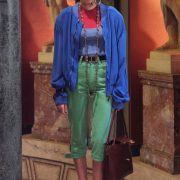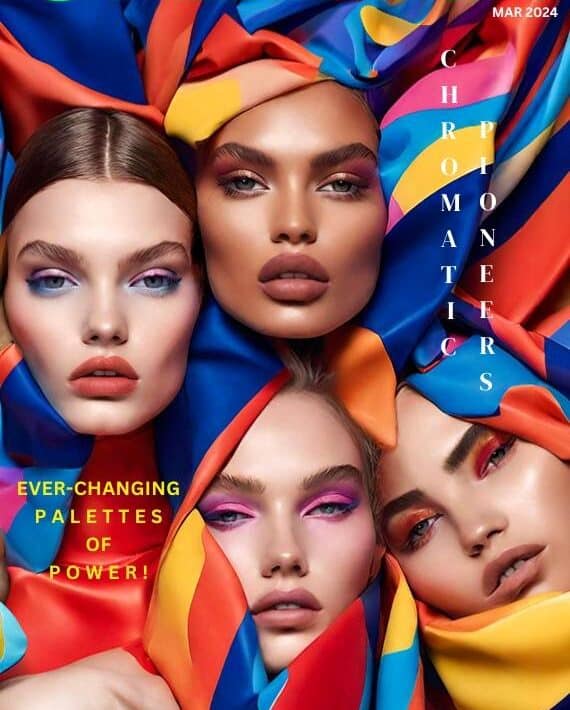Cultural Rebellion in Fashion: How Protest Wear, Graffiti Textiles, and Activist-Driven Design Are Influencing the Mainstream

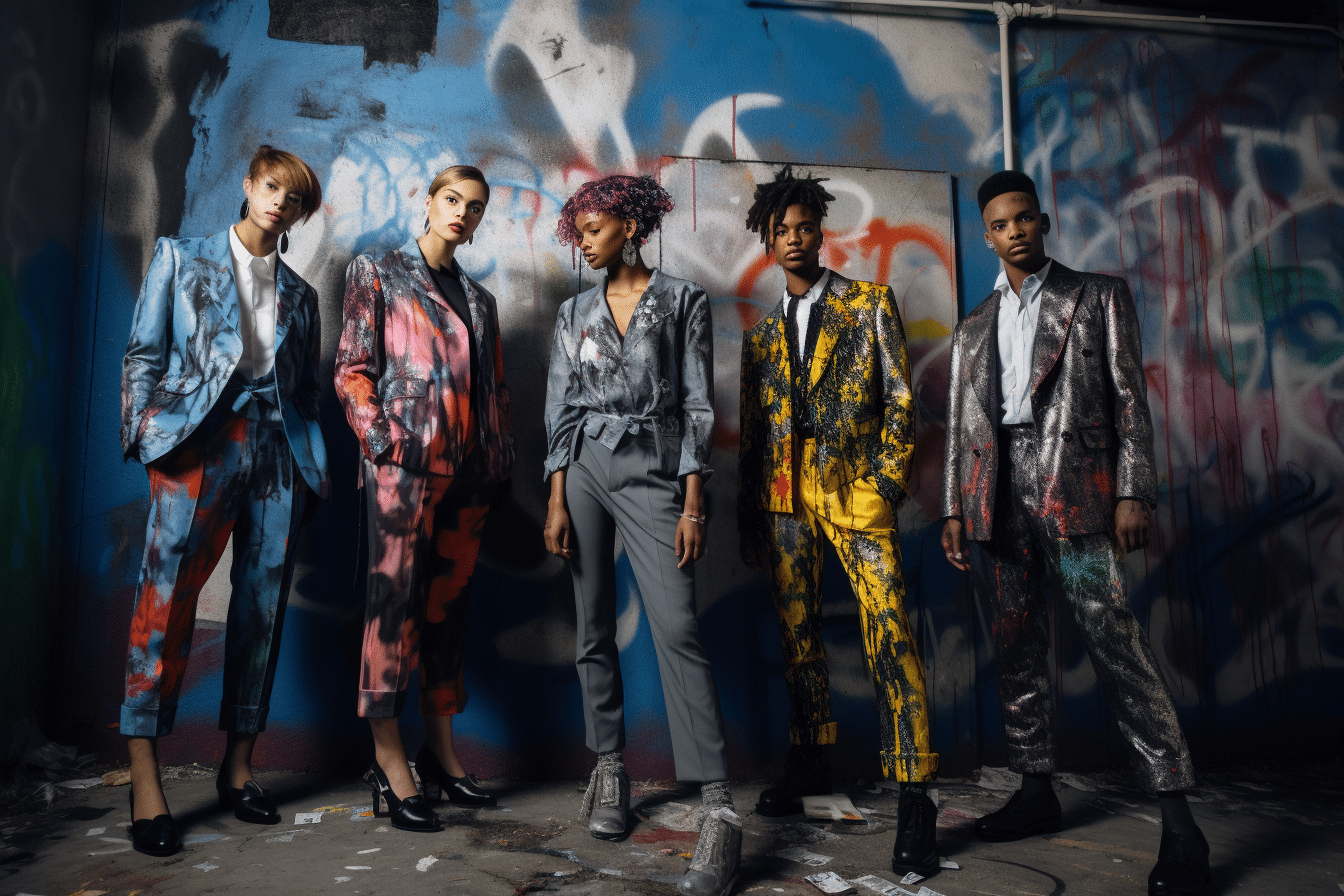
Once relegated to underground movements and fringe collectives, the language of protest has become a dominant dialect in fashion’s global lexicon. From graffiti-scrawled textiles to collections that directly confront systemic injustice, cultural rebellion is no longer just a backdrop — it’s the mainstage.
Fashion, at its best, has always mirrored society’s tensions. But today’s designers are doing more than holding up a mirror; they’re wielding garments as tools for resistance, visibility, and reform.
The Rise of Protest Wear as Uniform
In cities like Lagos, Paris, and São Paulo, protest wear has evolved beyond slogan tees into fully realized aesthetics. Think: flak jackets reimagined in silk, balaclavas adorned with rhinestones, boots that speak louder than banners. These are not costumes for cosplay revolution; they are deliberate acts of sartorial defiance.
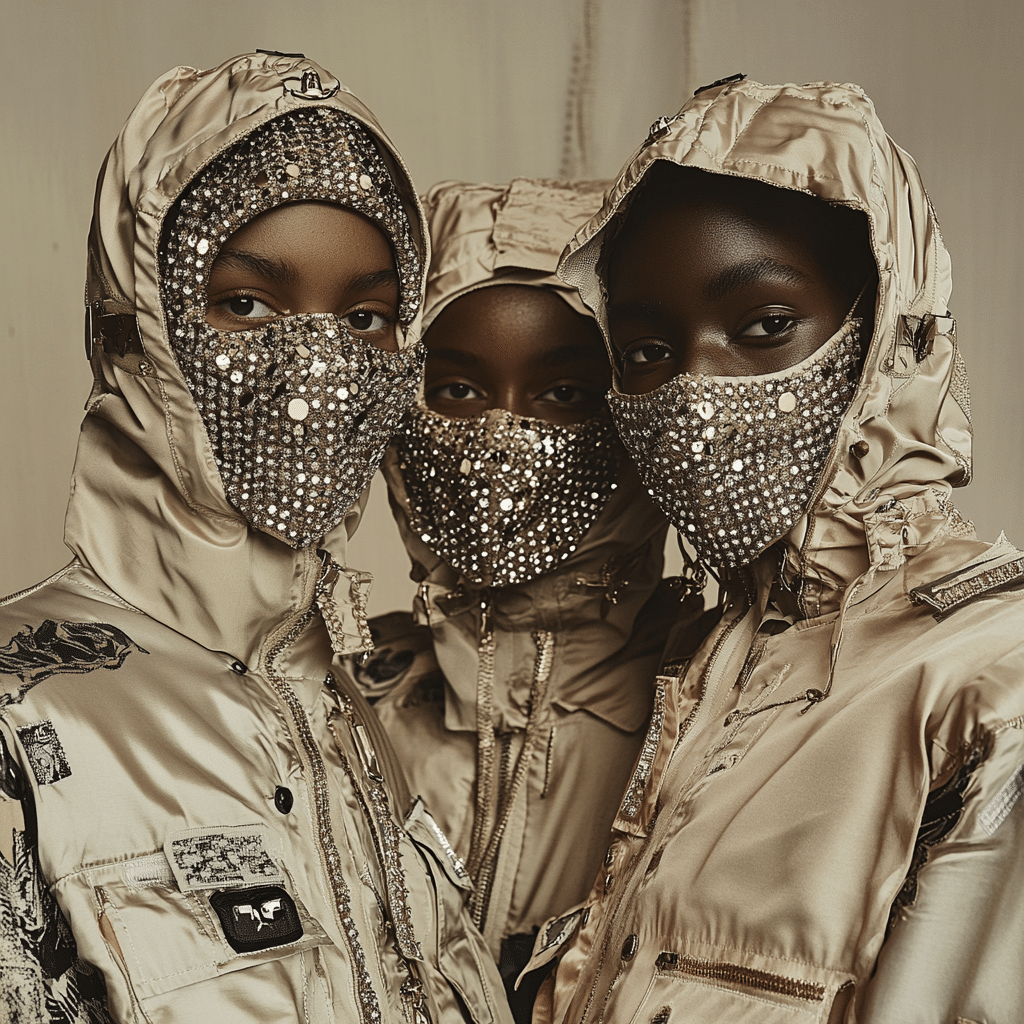
Where Fashion Becomes The Front Line—Activism, Identity, And High Design Stitched Into Every Stance-Image Source: AI-Generated By Gazetta
Designers like Kerby Jean-Raymond (Pyer Moss), Marine Serre, and Nigerian labels have blurred the lines between fashion show and rally. Their collections are coded with symbols of resistance — be it police tape transformed into accessories or cuts that echo the silhouettes of traditional uniforms worn in social uprisings.
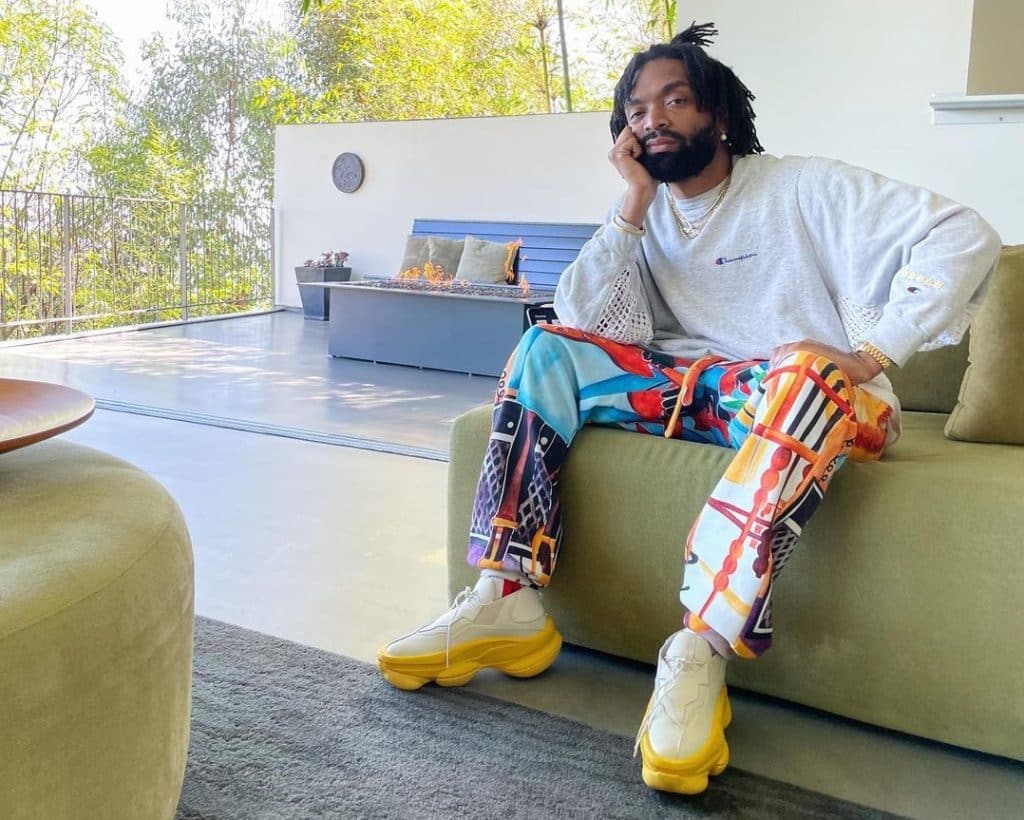
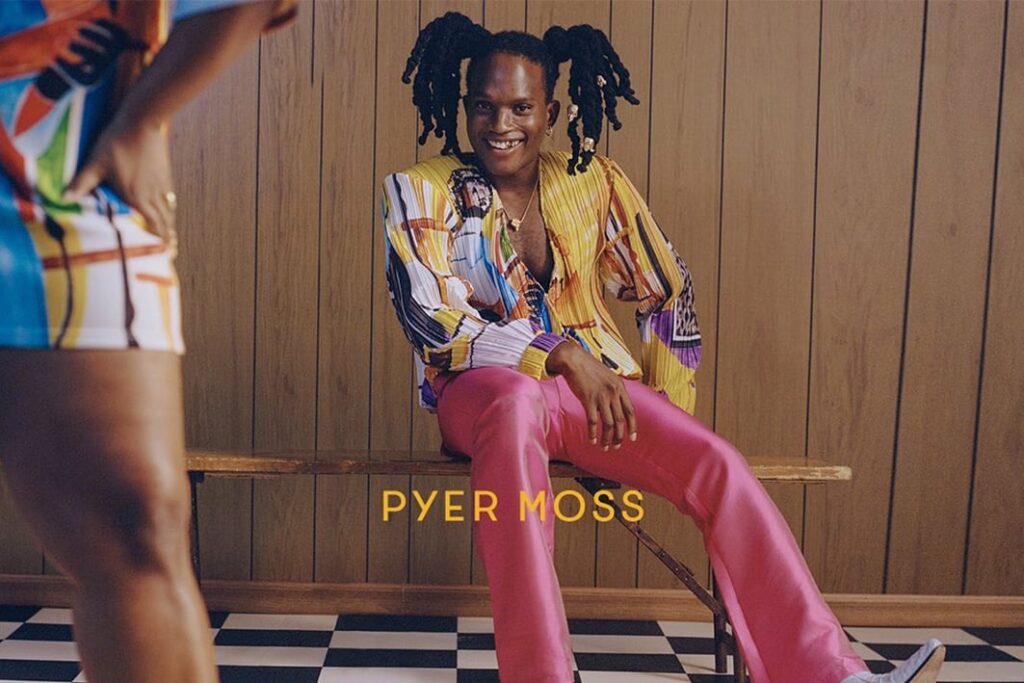
Right: Kerby Jean-Raymond, Creative Director Of Pyer Moss; Left: Open Studio Campaign For Pyer Moss 2020; Image Source: Pyer Moss

Marine Serre x MyTheresa; Image Souce: WWD
For these visionaries, rebellion isn’t a trend. It’s identity, legacy, and politics stitched into every hem.
Once seen as urban defacement, graffiti is now gracing the walls of fashion’s most elite ateliers. Chanel’s Métiers d’Art collections and Dior’s collaborations with artists like Kenny Scharf have recontextualized spray paint and street art as heritage craft.
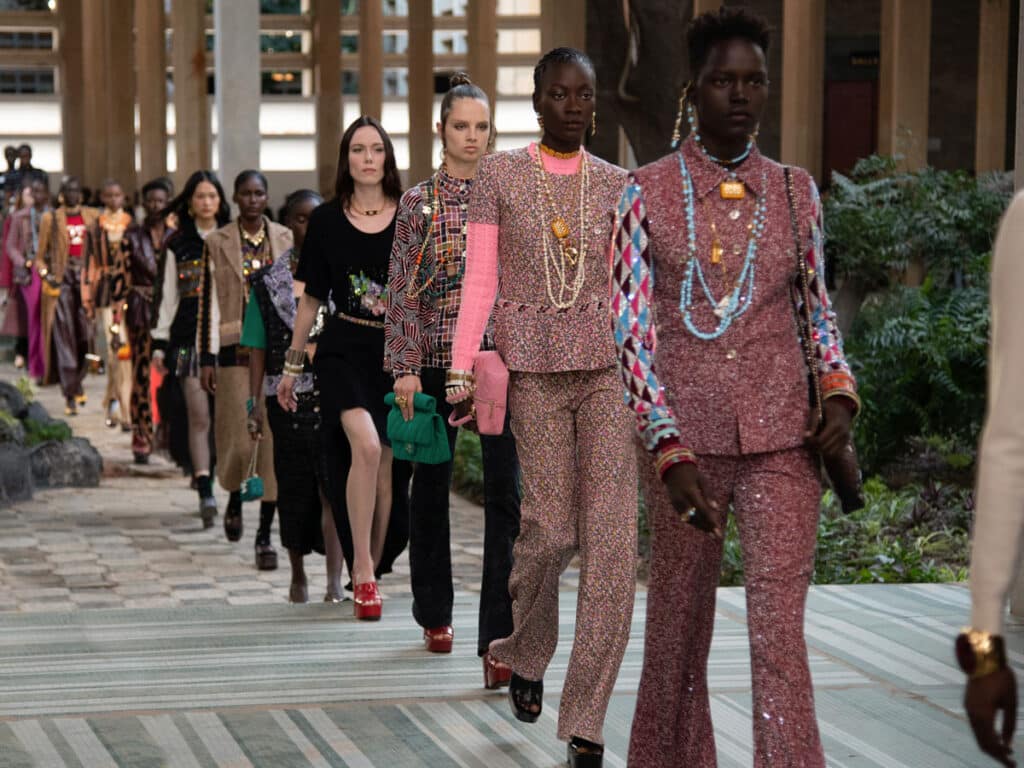
Chanel Metiers D’Arts Dakar Collection 2022/2023; Image Source: Hypebae
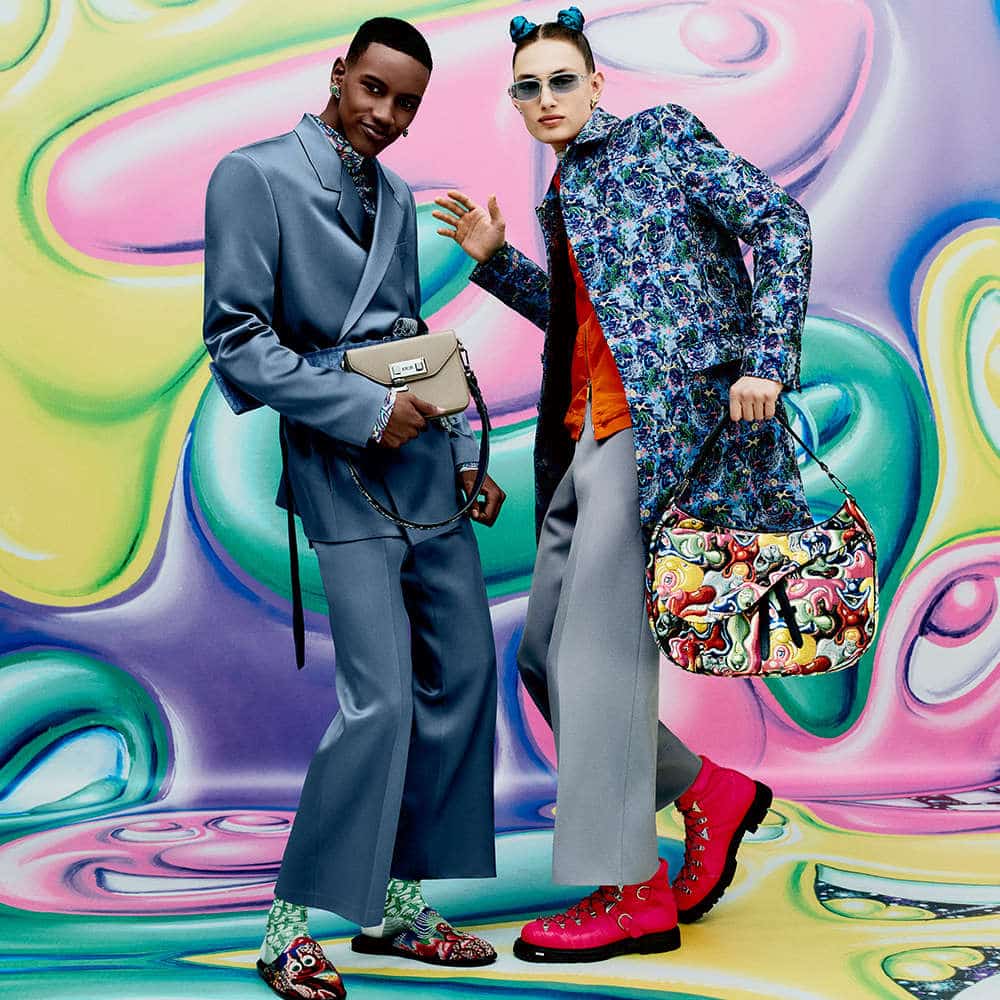
Dior x Kenny Scharf 2021; Image Source: ARTESTAR
But beyond luxury appropriation lies a deeper cultural movement— designers from South Africa to Mexico are using graffiti-infused textiles to tell stories ignored by mainstream media. With each brushstroke, they reclaim ownership over narratives that institutions have long marginalized. The textile becomes a living canvas: a protest placard you can wear.
Perhaps most profound is how activism has moved from the decorative to the foundational. For a growing number of brands, it’s not enough to feature activist slogans—they are embedding resistance into their very business models.
From Black-owned brands investing in underserved communities, to Palestinian designers creating collections amidst occupation, fashion is turning into a vehicle for economic and emotional liberation. The process — from sourcing to storytelling— is the protest.
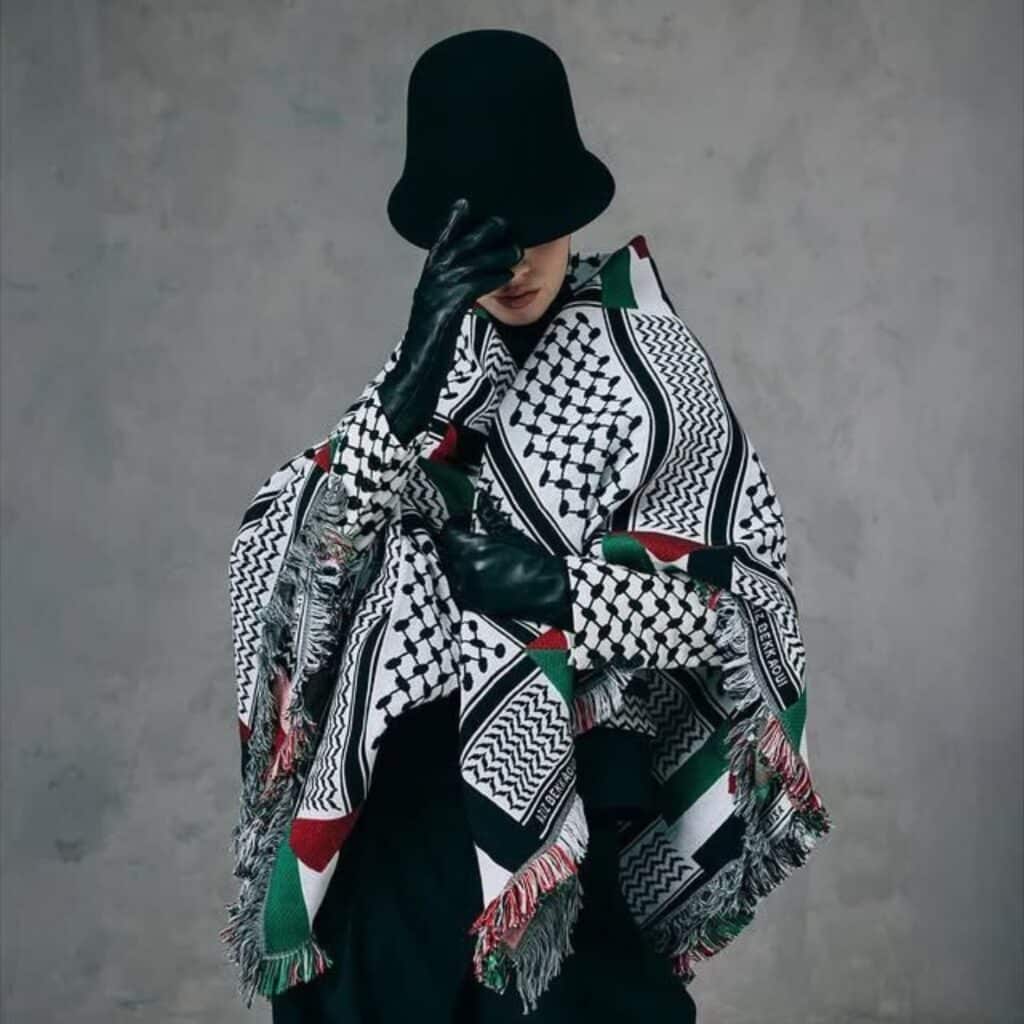
Aziz Bekkaoui Designs depicting the Palestinian Keffiyeh and Palestine flag colors, in a show of solidarity with Palestine; Image Source: Aziz Bekkaoui
This goes far beyond performative wokeness. It’s sustainability as revolution, inclusion as rebellion, and craftsmanship as counter-narrative.
What was once dismissed as radical has been rebranded as aspirational. Luxury houses now chase “authenticity” by aligning with activist designers, commissioning politically charged campaigns, or launching capsule collections centered around cause marketing.
Yet the question remains: Can true rebellion survive when absorbed into the mainstream? Or is fashion’s embrace of activism the very act that neutralizes it?
The answer might lie in the grassroots — the independent designers, zine-makers, and fashion students creating outside the algorithm. Their work reminds us that rebellion in fashion is not a moment. It’s a muscle. It grows stronger when pushed against.
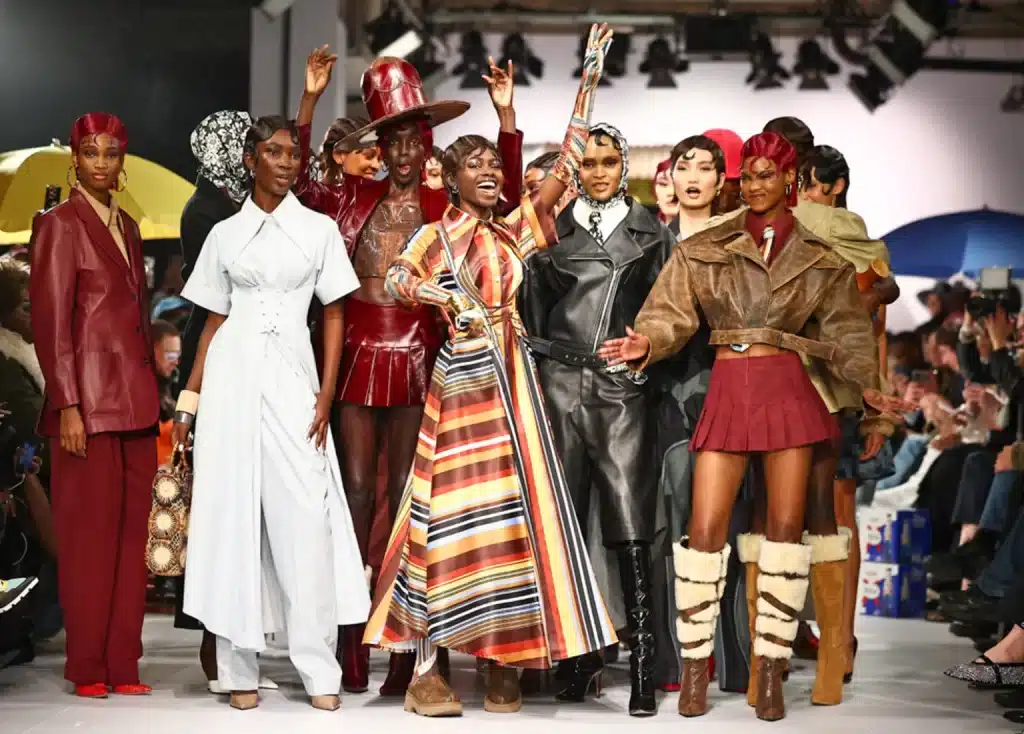
Tolu Coker’s Latest Collection, A Tribute To Street Vendors In West Africa; Image Source: BBC
Today’s fashion isn’t just telling us how to look. It’s telling us what to stand for. Cultural rebellion is no longer happening on the sidelines — it’s stitched into the seams of the industry’s future.
And the revolution? It’s wearing a double-breasted blazer with a Molotov silhouette.
What's Your Reaction?

Felix Adu is a fashion writer, PR expert, brand strategist, and product marketer with a deep commitment to elevating African fashion and underrepresented brands on the global stage. With extensive experience in public relations, brand storytelling, and cross-industry collaborations, Felix has secured high-impact media placements for both emerging and established labels in publications such as Glamour, Guzangs, Uncuxx, Elle, and more. As the founder of Felix Flecz, he leads innovative initiatives that bridge fashion, art, and technology—helping brands carve out a global presence with authenticity and creative edge. His expertise spans large-scale campaign direction, fashion week production, and strategic consulting for brands aiming to expand into new markets and cultural territories.

